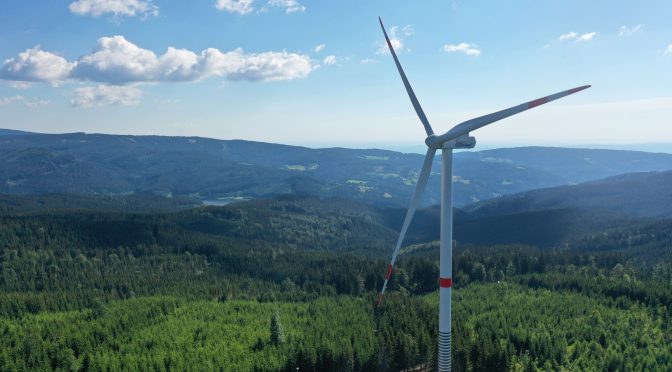The promise of wind energy in Grenada has been gaining significant attention as a growing market opportunity. This small Caribbean island, known for its beautiful beaches and vibrant culture, is also becoming a focal point for renewable energy development. With a population of just over 100,000, Grenada is committed to reducing its dependence on fossil fuels and embracing clean, sustainable energy sources. The potential for wind energy in Grenada is immense, and investors, policymakers, and energy experts are taking notice.
Grenada’s energy sector is currently dominated by imported fossil fuels, which account for approximately 90% of the country’s energy consumption. This heavy reliance on imported oil has left the island vulnerable to volatile global oil prices and supply disruptions. In response, the government of Grenada has set ambitious targets for renewable energy development. By 2030, the country aims to generate 50% of its electricity from renewable sources, with wind energy playing a significant role in achieving this goal.
The island’s geography and climate make it an ideal location for wind energy development. Grenada is situated in the southeastern Caribbean, where the trade winds consistently blow from the east. This steady wind resource, combined with the island’s hilly terrain, provides numerous sites with strong wind potential. Additionally, the island’s relatively small size and population mean that even modest wind energy installations can have a significant impact on the country’s overall energy mix.
Several studies have been conducted to assess the wind energy potential in Grenada. In 2016, the Caribbean Development Bank (CDB) and the United Nations Development Programme (UNDP) collaborated on a wind resource assessment for the island. The study identified several sites with high wind potential, including the eastern and northeastern regions of the island. These findings have spurred interest from both local and international investors in developing wind energy projects in Grenada.
One such project is the Grenada Wind Energy Project, a joint venture between the government of Grenada and the private sector. This project aims to install a 15-megawatt (MW) wind farm on the island’s eastern coast, which would generate enough electricity to power approximately 10,000 homes. The project has received financial support from the CDB and is currently in the planning and development stage.
In addition to the environmental benefits of wind energy, there are also significant economic advantages for Grenada. Developing a domestic wind energy industry would reduce the country’s reliance on imported fossil fuels, thereby improving its energy security and reducing its vulnerability to global oil price fluctuations. Furthermore, the construction and operation of wind energy facilities would create local jobs and stimulate economic growth.
The government of Grenada has been proactive in creating a supportive policy environment for wind energy development. In 2016, the country introduced a new electricity supply act, which provides a regulatory framework for the generation, transmission, and distribution of electricity from renewable sources. This legislation has been instrumental in attracting investment and fostering the growth of the renewable energy sector in Grenada.
As the global demand for clean, sustainable energy sources continues to grow, the promise of wind energy in Grenada is becoming increasingly apparent. With its abundant wind resources, supportive government policies, and growing market opportunities, Grenada is well-positioned to become a leader in the Caribbean’s renewable energy revolution. By harnessing the power of the wind, this small island nation can make significant strides towards a more sustainable, secure, and prosperous future.


